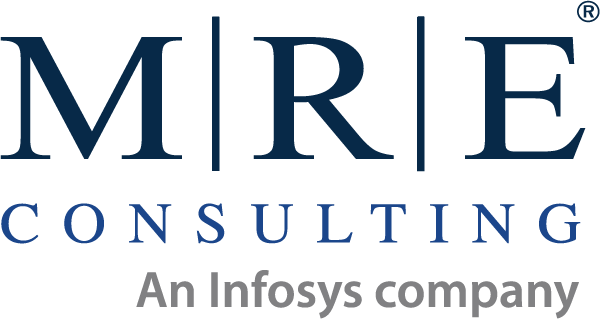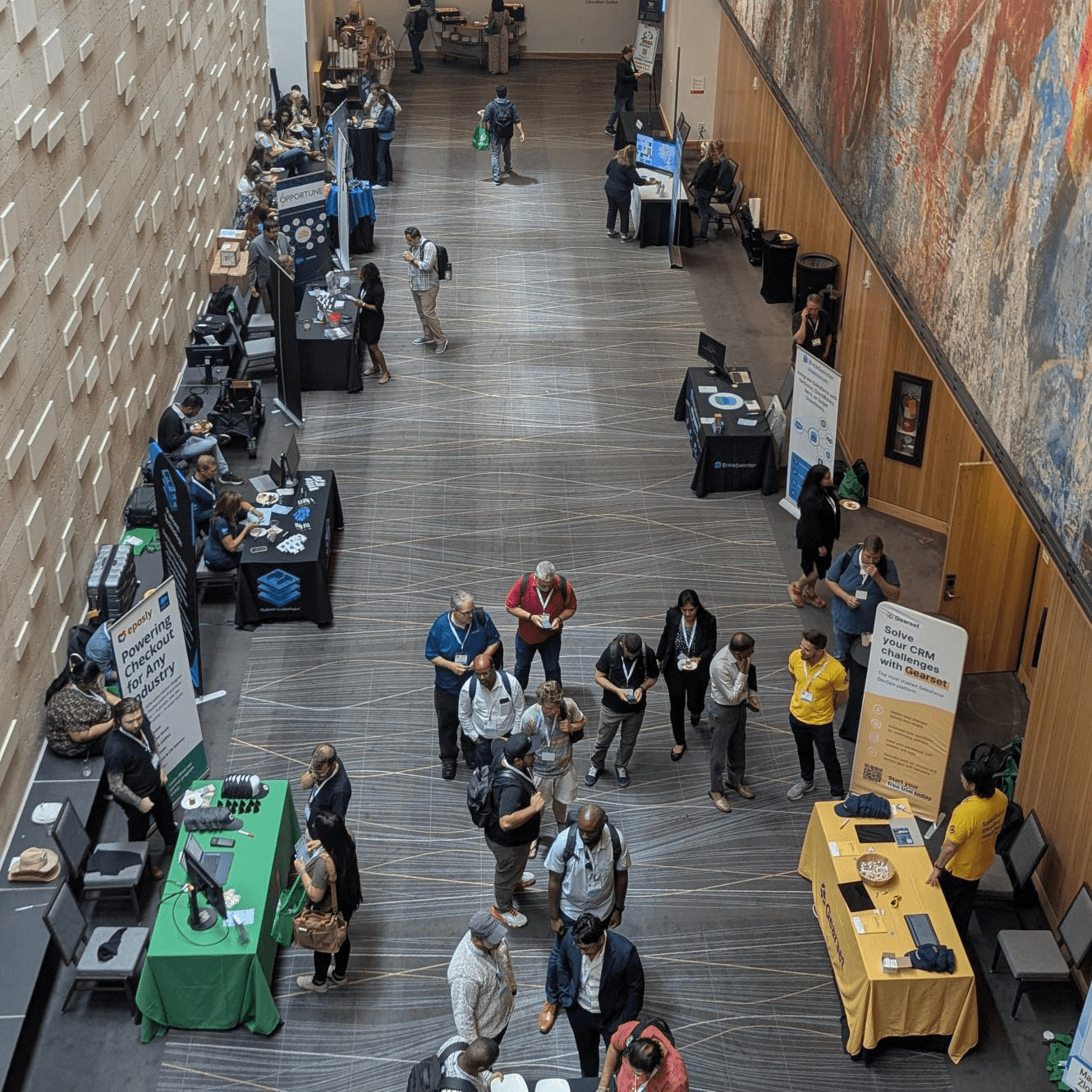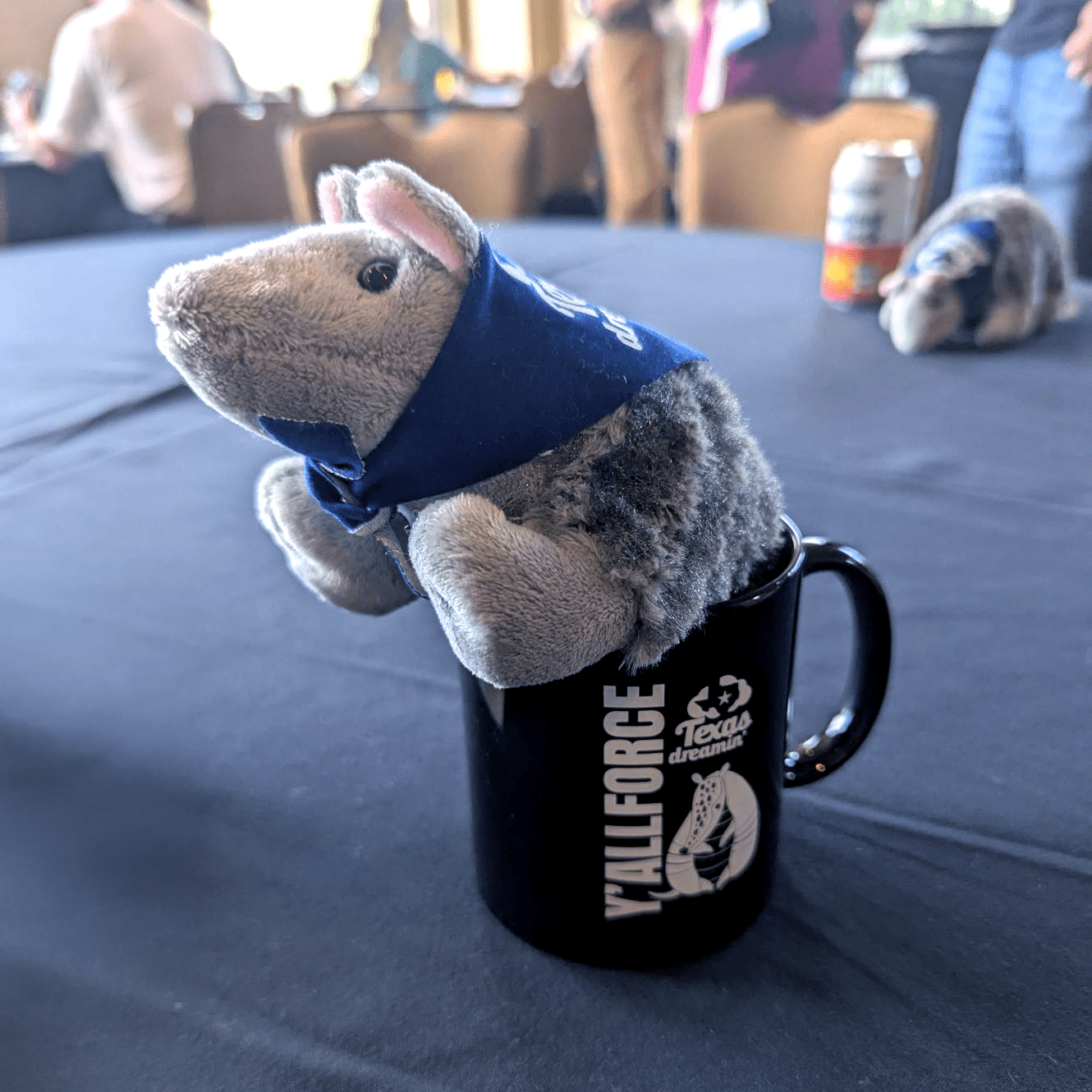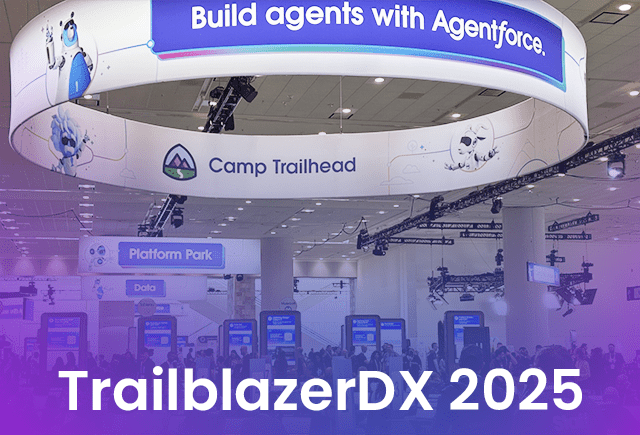Establishing a Salesforce Center of Excellence (COE) is a strategic step for organizations seeking to maximize the value of their Salesforce investment. A Salesforce COE serves as a centralized body that drives best practices, governance, innovation, and alignment across all Salesforce initiatives within an organization. It ensures that Salesforce solutions are optimized to meet business goals while fostering collaboration between IT and business teams.


By: Jennifer Rivero & Anthony Martinez
What is a Salesforce Center of Excellence?
A Salesforce Center of Excellence is a dedicated team or governance framework within an organization that defines, promotes, and enforces best practices for how Salesforce is used across the enterprise. It serves as a strategic command center that aligns business goals with Salesforce capabilities, ensuring high-quality implementations, and scaling solutions in a way that promotes consistency and long-term value.
Think of the COE as the “North Star” for your Salesforce ecosystem. It creates the processes, standards, and governance that enable teams, from Sales, Marketing to Service and IT, to operate cohesively and effectively.
Importantly, a COE isn’t just for large enterprises with vast budgets. It’s an achievable, scalable framework for organizations of any size that want to formalize how they operate on Salesforce and embed excellence into their digital DNA.
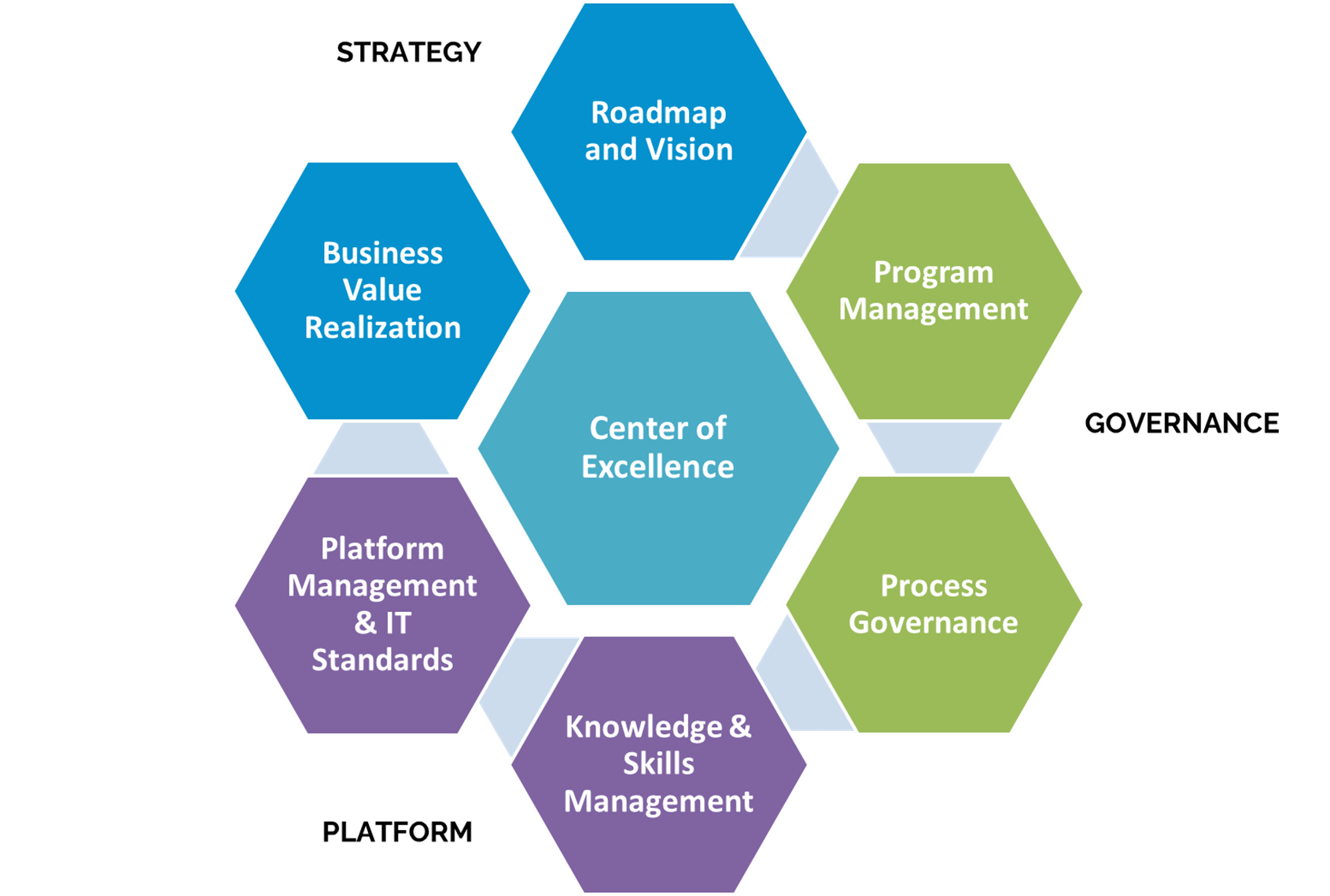
Why Is a COE So Important?
It’s easy to confuse a COE with a shared service model, but there’s a reason why serve very different purposes. A Shared Service typically supports operational business functions like HR, finance, or IT help desk — areas where efficiency and standardization are key. A Center of Excellence, on the other hand, is focused on strategic platforms and processes — those that differentiate your business in the marketplace. Salesforce, as a platform for driving customer engagement and competitive advantage, falls squarely in this camp. A COE isn’t just about keeping the lights on. It’s about driving innovation, strategic alignment, and long-term business impact.
Salesforce isn’t just another IT system — it’s the backbone of your customer engagement strategy. It touches nearly every part of your organization, from how you acquire leads to how you close deals and support customers.
- Unified Brand Voice: Your brand must speak with one voice across all customer touchpoints. Whether someone is interacting with your marketing team, sales reps, or customer service, their experience should be seamless and consistent.
- A True “Customer 360” View: Customers don’t care about your internal silos — they just want a great experience. A COE helps ensure that Salesforce delivers a “single pane of glass” view of the customer, pulling together insights from marketing, sales, service, and beyond.
- Connected Business Processes: What Marketing does at the top of the funnel directly affects how Sales engages and closes, which in turn sets the tone for Customer Service. A COE ensures that each department operates with visibility into the others, creating smooth handoffs and shared accountability.
- Operational Efficiency: With standardized processes, roles, and tools, your teams aren’t reinventing the wheel or duplicating effort. That means faster delivery, reduced risk, and lower costs.
“To stand out above the crowd”
At its core, a COE embeds best practices into your organization’s DNA. These practices don’t just create smoother operations, they enable:
- Building on best practices: By building these best practices into your COE, you can ensure seamless technology integration, robust security, continuous improvement, and adoption that drives sustainable growth.
- Leading the way with innovation: COEs are often introduced to emerging and enterprises to enhance understanding in particular focus areas. This could be through introducing, managing, and leveraging new technologies like AI, or by adapting, overseeing, and utilizing specific skills and concepts effectively across the organization.
- An empowered and knowledgeable workforce: Your team stays current with the skills needed to put the latest governance practices into place. By upskilling the talent, you already have – and hiring people with governance experience – you can be sure your framework gets implemented effectively.
- Greater communication and collaboration: Share updates about governance changes across multiple channels to create a culture of communication and compliance. By getting everyone on the same page, your team can respond to situations more quickly. Plus, they’ll be able to deliver more reliable customer service, building trust, satisfaction, and loyalty. This reduces risk!
- Integrating Change for Successful Transformation: Transformation isn’t just about launching new tools, it’s about making change stick. A COE ensures your changes are strategic, repeatable, and scalable.
A “Control vs. Collaborative” COE Structure
A control-oriented Center of Excellence (COE) centralizes decision-making and emphasizes strict governance, ensuring consistency, compliance, and risk mitigation across the Salesforce platform. This approach works well in regulated industries or early-stage implementations, where security, data integrity, and standardization are top priorities. However, its highly centralized nature can create bottlenecks, reduce flexibility, and limit innovation, often leading to frustration or disengagement from business units.
In contrast, a collaboration-oriented COE promotes shared ownership by involving cross-functional teams in strategy, governance, and solution design. It provides guardrails rather than rigid rules, allowing departments to tailor Salesforce to their needs while still aligning with enterprise goals. This model fosters agility, faster delivery, and higher adoption — making it ideal for scaling organizations or those focused on innovation.
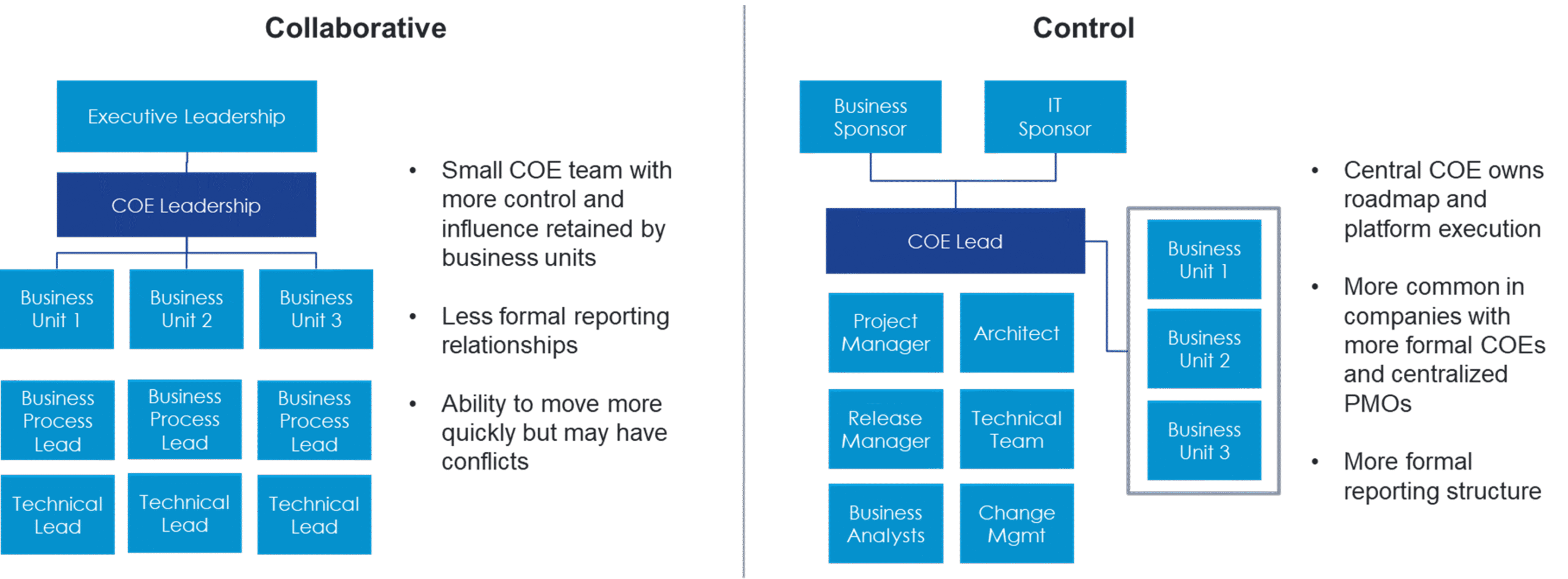
A Salesforce COE should includes representatives from every level of the organization, and from business and IT:
- Executive Sponsors provide strategic direction and sponsorship.
- Steering Committee includes Business Leaders (E.g., Sales and Marketing) and an overall Solution Architect.
- Core Team Members include Salesforce Admins, Developers, and Architects lead platform configuration, innovation, and optimization. Business Stakeholders from Sales, Marketing, Service, and other departments collaborate to ensure that solutions align with real-world needs and deliver business value. Together, this cross-functional team drives continuous improvement, innovation, and strategic alignment across the Salesforce platform.
COE Maturity Model: It’s an Evolution
A Salesforce Center of Excellence structure does not emerge overnight—it’s an evolving framework that matures over time as the organization’s needs, capabilities, and Salesforce adoption grow. Initially, it may begin with a few key champions defining basic governance and best practices, but as complexity increases, the COE must scale to include formalized roles, cross-functional collaboration, and strategic alignment with broader business goals. This evolution requires a thoughtful, phased approach—starting with foundational governance and gradually expanding into areas like innovation, change management, and performance measurement. Building a high-functioning COE takes sustained executive support, iterative refinement, and a culture committed to continuous improvement.
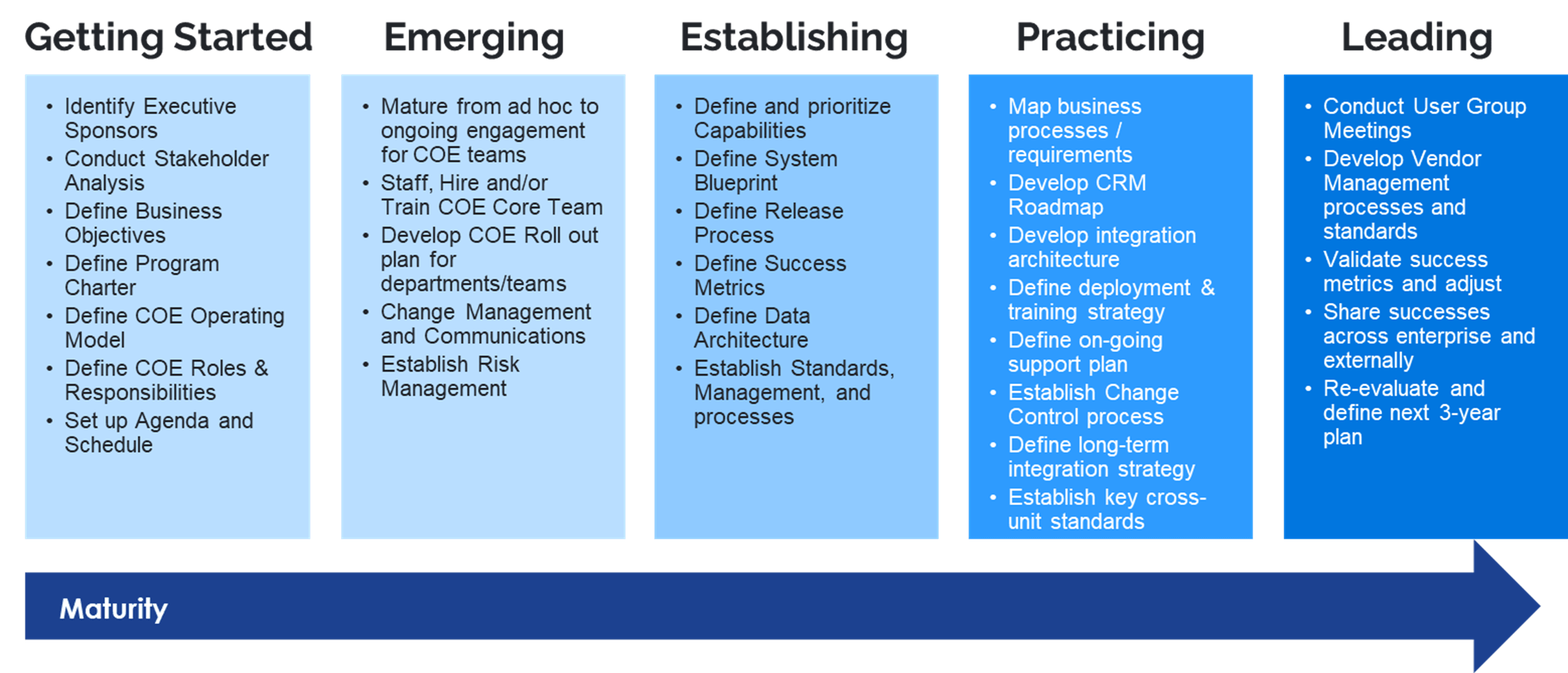
Avoiding Pitfalls & Getting Started
One common pitfall with COEs in general is the perception that they are “policing” or add bureaucracy, slowing down progress with excessive oversight. To avoid this, it’s critical to position the COE not as a blocker, but as an enabler that empowers teams with guidance, shared standards, and reusable tools (“best practices” can have a negative connotation). By focusing on collaboration and value delivery rather than strict control, a COE can overcome negative misconceptions and build trust across the organization.
To get started, start small and scale as your organization grows in maturity! Articulate the value proposition to an executive stakeholder who understands the importance and can champion this effort. Just starting open lines of communication can go a long way. If you’re unsure where to begin or need guidance in shaping the right model for your business, we’re here to help. Contact us with any questions — we’d be happy to support your journey!!
